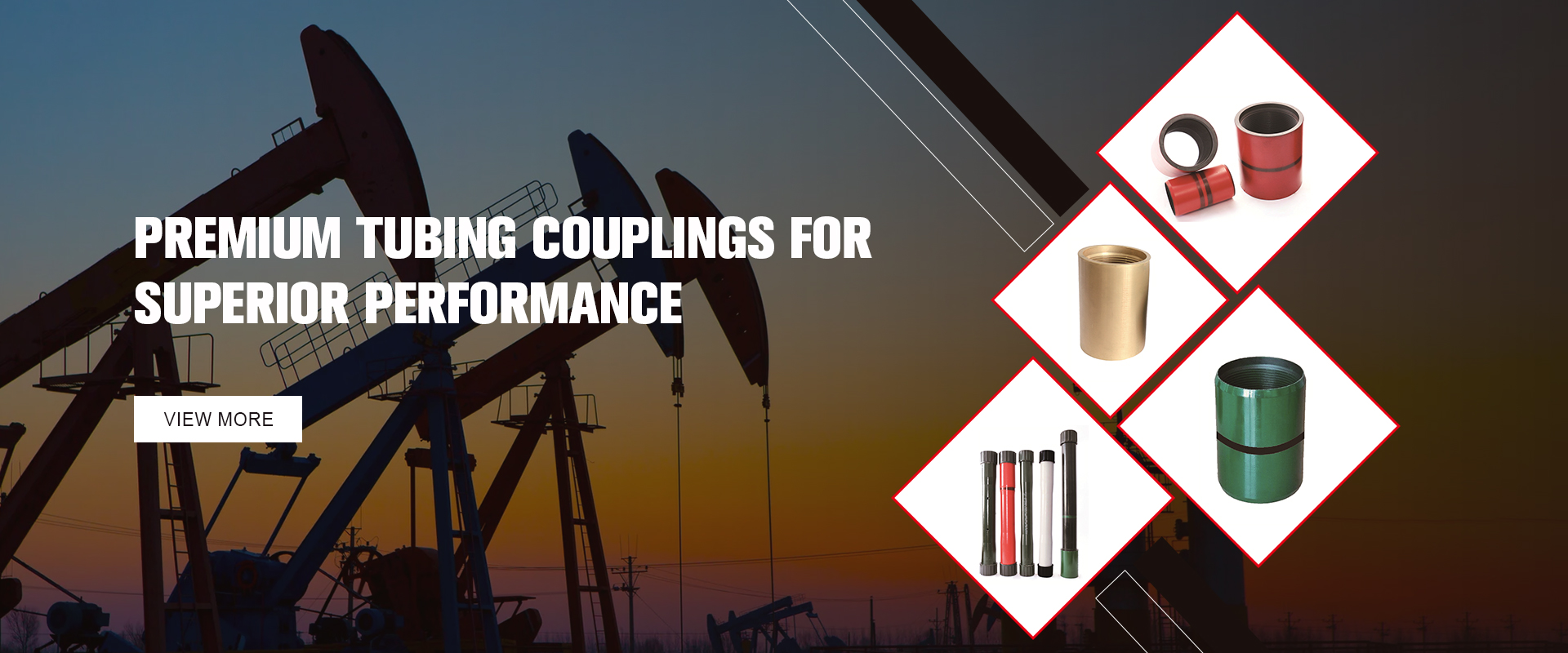- Afrikaans
- Albanian
- Amharic
- Arabic
- Armenian
- Azerbaijani
- Basque
- Belarusian
- Bengali
- Bosnian
- Bulgarian
- Catalan
- Cebuano
- Corsican
- Croatian
- Czech
- Danish
- Dutch
- English
- Esperanto
- Estonian
- Finnish
- French
- Frisian
- Galician
- Georgian
- German
- Greek
- Gujarati
- Haitian Creole
- hausa
- hawaiian
- Hebrew
- Hindi
- Miao
- Hungarian
- Icelandic
- igbo
- Indonesian
- irish
- Italian
- Japanese
- Javanese
- Kannada
- kazakh
- Khmer
- Rwandese
- Korean
- Kurdish
- Kyrgyz
- Lao
- Latin
- Latvian
- Lithuanian
- Luxembourgish
- Macedonian
- Malgashi
- Malay
- Malayalam
- Maltese
- Maori
- Marathi
- Mongolian
- Myanmar
- Nepali
- Norwegian
- Norwegian
- Occitan
- Pashto
- Persian
- Polish
- Portuguese
- Punjabi
- Romanian
- Russian
- Samoan
- Scottish Gaelic
- Serbian
- Sesotho
- Shona
- Sindhi
- Sinhala
- Slovak
- Slovenian
- Somali
- Spanish
- Sundanese
- Swahili
- Swedish
- Tagalog
- Tajik
- Tamil
- Tatar
- Telugu
- Thai
- Turkish
- Turkmen
- Ukrainian
- Urdu
- Uighur
- Uzbek
- Vietnamese
- Welsh
- Bantu
- Yiddish
- Yoruba
- Zulu
api tubing and casing chart
Understanding API Tubing and Casing Charts
In the world of oil and gas drilling, understanding the specifications and requirements of drilling pipes is crucial for safety and efficiency. Among the essential components in the drilling process are the tubing and casing systems, designed to facilitate the extraction and management of petroleum and natural gas. The American Petroleum Institute (API) provides a standardized system to classify these components through its tubing and casing charts, which help operators select the appropriate materials for their operations.
What are Tubing and Casing?
Casing refers to the large-diameter pipe that is installed in a newly drilled borehole to stabilize it and isolate different pressure zones. It serves to prevent the collapse of the well and protect groundwater resources. Tubing, on the other hand, is a smaller-diameter pipe inserted into the casing that allows for the extraction of oil and gas from the well to the surface. Together, these components form an integral part of the wellbore structure.
API Standards
The API sets forth various standards that dictate the manufacturing and testing of tubing and casing. These specifications ensure that components meet safety and performance requirements, providing a reliable framework for operation in challenging underground environments. By adhering to these standards, companies not only comply with regulatory demands but also enhance the safety of their operations.
API standards for tubing and casing include specifications for yield strength, dimensions, and manufacturing processes. The API 5CT specification is particularly crucial for casing and tubing, detailing the material requirements, dimensions, and tolerances necessary for operational success.
Tubing and Casing Charts
api tubing and casing chart

API tubing and casing charts serve as valuable tools for drilling engineers, providing critical data on the properties of various tubing and casing grades. These charts include information on the pipe sizes, weight per unit length, thread types, and the grades, which specify the mechanical properties of the materials.
For example, common tubing grades include, but are not limited to, J55, K55, L80, and N80, each with varying yield strengths. The chart will also identify the precise dimensions—such as outside diameter (OD) and wall thickness—allowing engineers to assess suitability for specific well conditions. By referencing these charts, engineers can make informed choices about the best tubing or casing to use according to their operational needs.
Importance of Selecting Appropriate Tubing and Casing
Choosing the right tubing and casing significantly impacts the overall success of drilling operations. The wrong selection could lead to costly failures, including blowouts or casing collapses, which pose severe safety hazards. The tubing and casing must be compatible with the expected pressure, temperature, and chemical environment of the well.
For instance, wells that are expected to encounter corrosive substances may require special grades of tubing and casing that offer improved resistance to corrosion. Similarly, wells in high-pressure environments necessitate thicker-walled casing to withstand the intense forces acting upon them.
Conclusion
In conclusion, API tubing and casing charts play a pivotal role in the oil and gas industry, guiding engineers in the selection of proper materials essential for safe and efficient operations. Understanding and using these charts effectively not only ensures compliance with regulatory standards but also mitigates risks associated with drilling.
As the demand for energy resources continues to grow, the importance of having robust systems and clear guidelines for tubing and casing applications remains paramount. By relying on API standards and using the tubing and casing charts, the industry can advance toward safer, more productive drilling practices. Whether a novice engineer or an experienced professional, familiarity with these resources is essential for anyone involved in the oil and gas drilling process.
-
Tubing Pup Joints: Essential Components for Oil and Gas OperationsNewsJul.10,2025
-
Pup Joints: Essential Components for Reliable Drilling OperationsNewsJul.10,2025
-
Pipe Couplings: Connecting Your World EfficientlyNewsJul.10,2025
-
Mastering Oilfield Operations with Quality Tubing and CasingNewsJul.10,2025
-
High-Quality Casing Couplings for Every NeedNewsJul.10,2025
-
Boost Your Drilling Efficiency with Premium Crossover Tools & Seating NipplesNewsJul.10,2025







